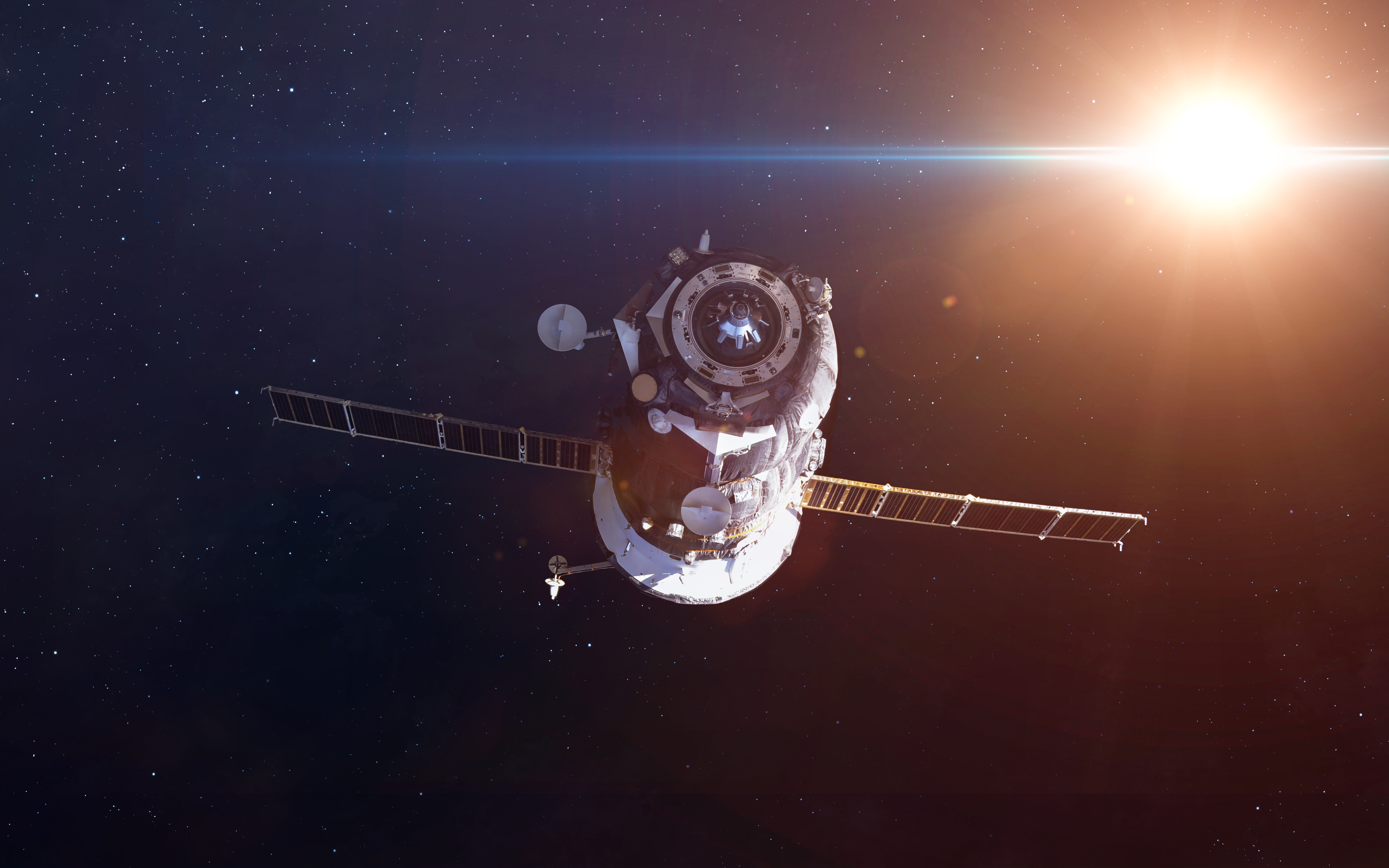A report showed that the global small satellite market would increase 18% to $7.66 billion in 2023 from $2.28 billion in 2016, due to an increase in demand for high-resolution imaging services and affordable costs.
Stratistics MRC’s forecast included revised coverage of applications and advancements in technology as other factors for the projected compound annual growth rate. Meanwhile, CAST Navigation noted that several organizations have relied on an inertial simulator and other inertial solutions for better GNSS operations.
Bigger Market
Smaller satellites used for Earth observation and meteorology leads will account for the biggest piece of the market. The report also expects the increasing demand in emerging countries to fuel growth for small satellites, despite a lack of launch vehicles that currently affects the sector.
By region, users in the North America are expected to represent the biggest group of small satellite operators. Asia-Pacific would follow as the second biggest end users. On the other hand, users should be aware of some new aspects of inertial integration with GNSS solutions.
Inertial + GNSS
Product developers and end users should realize that gauging noise and in-run bias stability, particularly for military operations, would be much easier when integrating inertial systems with GNSS. Military missions will benefit from better GPS chip-level solutions and navigation, if certain inertial sensors are combined with GNSS.
Inertial technology has no longer become exclusive to military application, as it has been used for other mainstream purposes. This trend happened when affordable microelectromechanical systems allowed an improved performance-to-cost measurement. Aside from this, inertial integration with GNSS led more multi-frequency GNSS receivers with inertial components to provide higher accuracy and navigation results.
Small satellites are becoming more popular due to their efficiency and relatively low cost. As the report indicated, do you think smaller satellites would become more common in the future?








